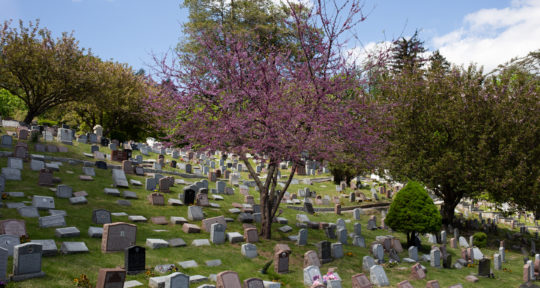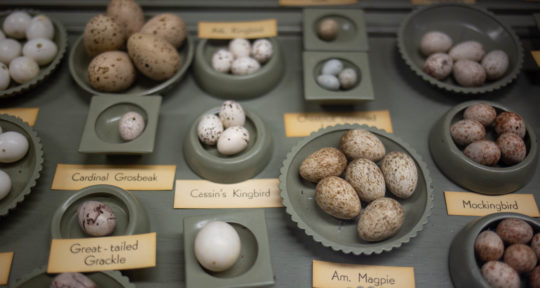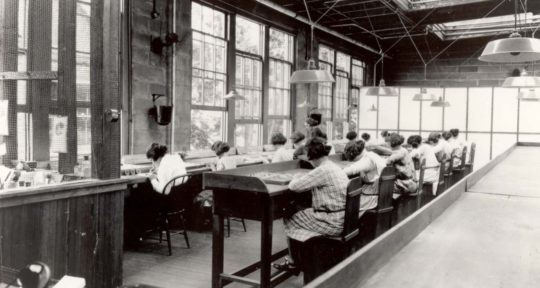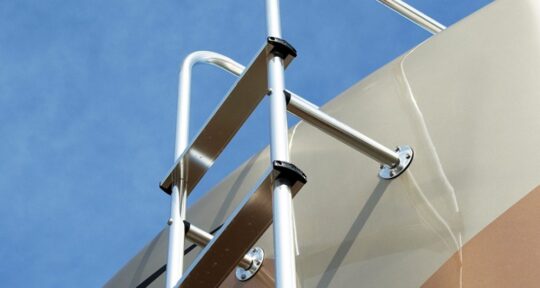Right on the corner of Broadway and Lawrence, in the north side of Chicago, sits a small, modest landmark. So modest, if it weren’t for the strobe lights and neon green cursive, you might miss it.
The Green Mill is rumored to be the oldest continuously running jazz club in the country. And while the outside may be dark and unassuming, stepping inside is something else entirely. There is one long, smooth bar that runs along the left side, crowned by smokey mirrors and magnificent wooden lights—all of which cast a soft, golden glow. The back of the building is draped with wood paneling and velvet curtains, the perfect backdrop for a slightly elevated platform that acts as the main stage. Tall beams covered in hundreds of black and white square tiles are scattered among the booths and tables, giving the place just a touch of glamour and shine.
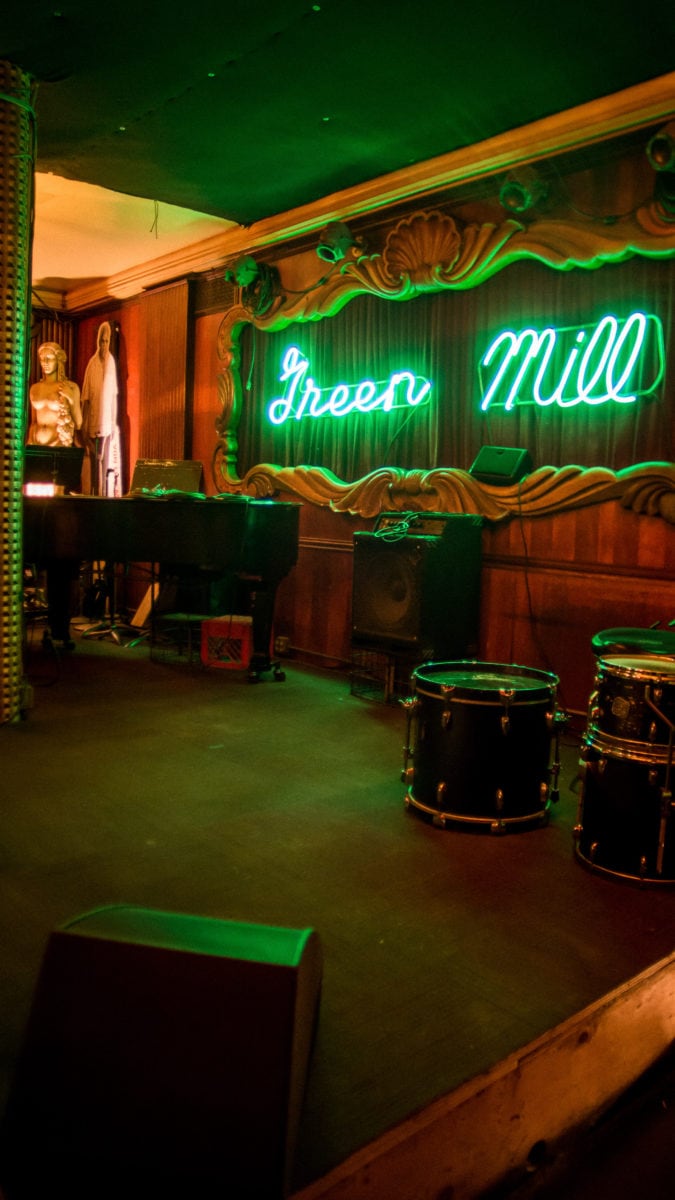
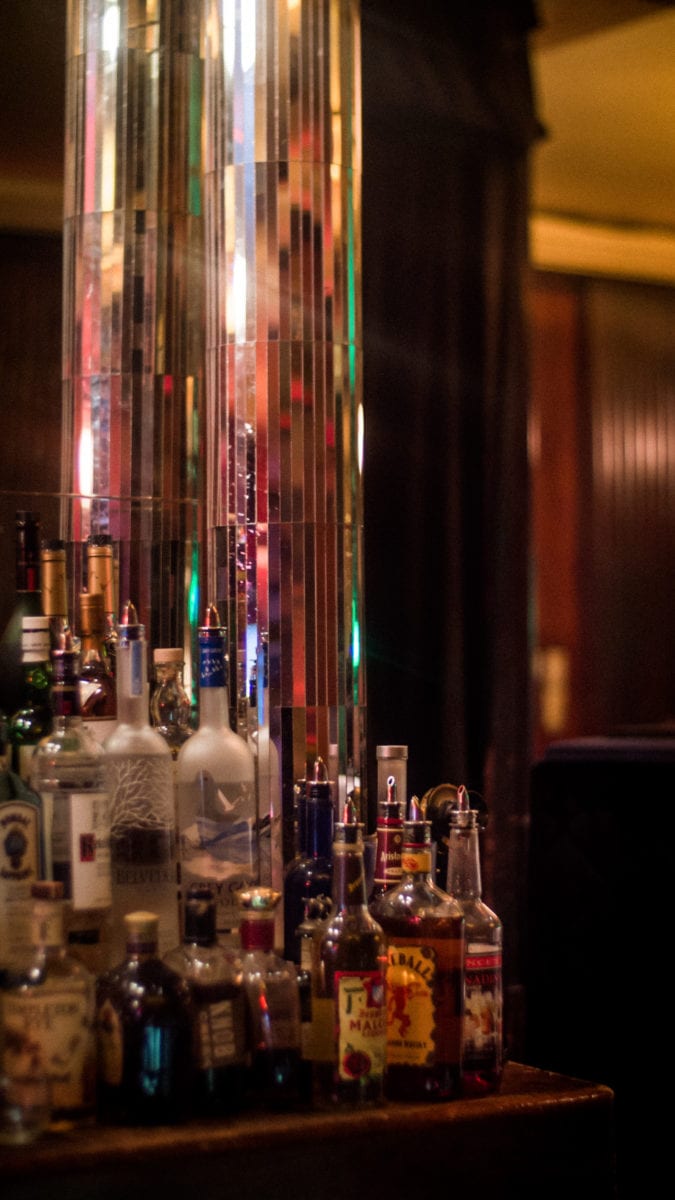
Some bars try and emulate the past, with their craft whiskeys and dimmed lights, but The Green Mill is a purist, sitting untouched for almost 100 years. The bar, the lights, and the booths seem to be constructed as artlessly and harmoniously as a mixed drink. In fact, there isn’t even a cocktail menu at The Green Mill. The rule is simple: Order what you want.
I had heard a bit about the bar’s iconic past—a favorite of Al Capone’s and a regular stop on the Chicago jazz circuit. But what I didn’t expect was the overwhelming sense of history that permeates the small space. From the booths to the bottles to the bartender, the echoes of those who drank and danced before seems to reverberate off the walls.
Red light, green light
First opened in 1907, the bar was originally called Pop Morse’s Gardens, named after the owner. And just three years later, in 1910, a young real estate entrepreneur by the name of Tom Chamales bought the establishment from Pop Morse, put a large green windmill on the roof, and swapped the name for Green Mill Gardens. Chamales chose to paint the windmill green—an ode to the famous Moulin Rouge in Paris (which means “red mill” in French)—to avoid any confusion with the businesses in the neighboring red light district.
Despite the intentional innocence of the bar’s name, the same can’t be said of Chamales. The Green Mill became a very popular speakeasy during Prohibition, secretly paying off the police in an effort to stay open. Chamales even went so far as to lease his bar to the mob, including one very famous Vincenzo Antonio Gibaldi—better known as Jack “Machine Gun” McGurn. It’s rumored that Al Capone actually asked McGurn to kill a famous jazz singer named Joe E. Lewis, who tried to leave The Green Mill and play at a different speakeasy. And while this story may sound too extreme to be true, the large wooden mural above the bar makes me think otherwise. If you look closely, you’ll see a small inscription at the bottom that reads: “Big Al was ingesting spaghetti / Machine Gun McGurn strangely still / Told Joe E. ‘You’ll look like confetti / If you try to quit The Green Mill.’”
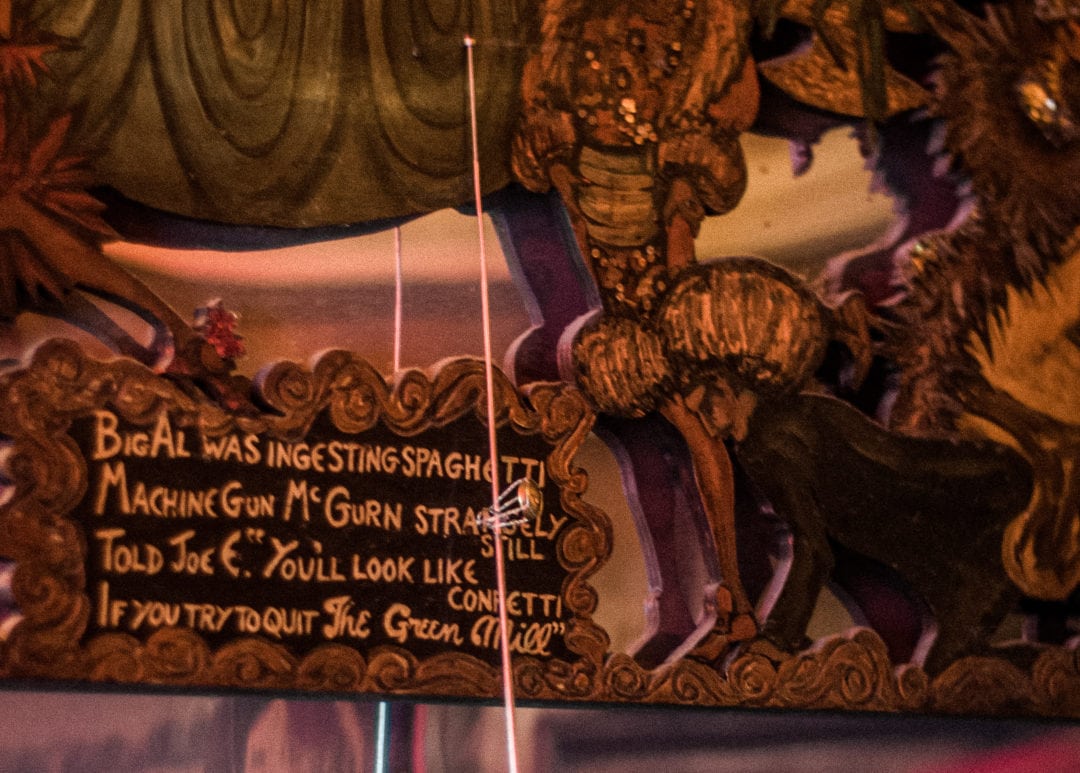
To set the record straight, it is true that Capone was a regular at The Green Mill, and he did have a dedicated booth where he could see both the front and back doors, but he might not have escaped through a secret trapdoor, as the legend has it. This trapdoor—which is a popular allure for why people visit The Green Mill in the first place—is the gateway to a series of connected tunnels that sit underneath the bar. At one point, the tunnels actually ran under the street and came up on the other side of Broadway. If trouble ever showed up at The Green Mill, Capone could quickly slip out through the trapdoor, come out a few blocks away, and no one would be the wiser.
“F— Capone,” says Jason Young, a regular bartender at The Green Mill. “Everyone thinks it’s about him, but guess what they actually used this for? Hauling coal and kegs.”
The trapdoor does, in fact, exist. Right where the long bar starts to curve and wrap around the baby grand piano, you’ll find it on the floor—heavy and latched.
And while Young’s comment about Capone seems startling, it’s actually pretty appropriate. Crowds may flock to The Green Mill to stand in mob history or catch a glimpse of the Capone trapdoor, but the true lifeblood lies in its music. And I got a crash-course in jazz history 101.
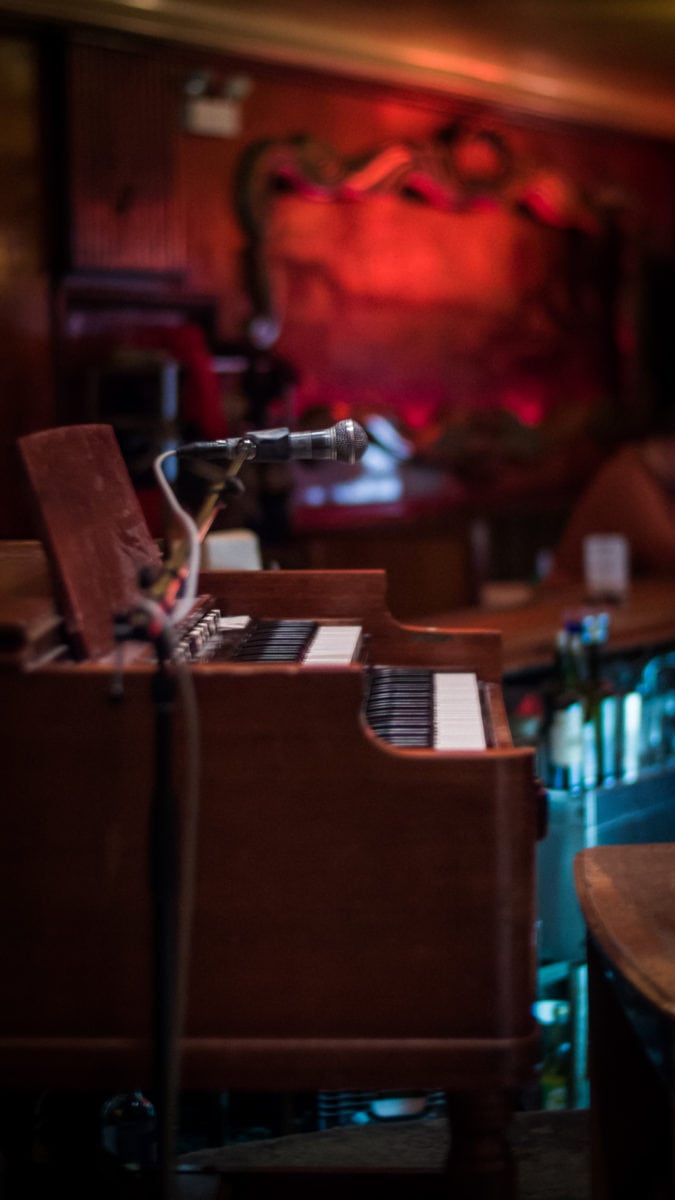
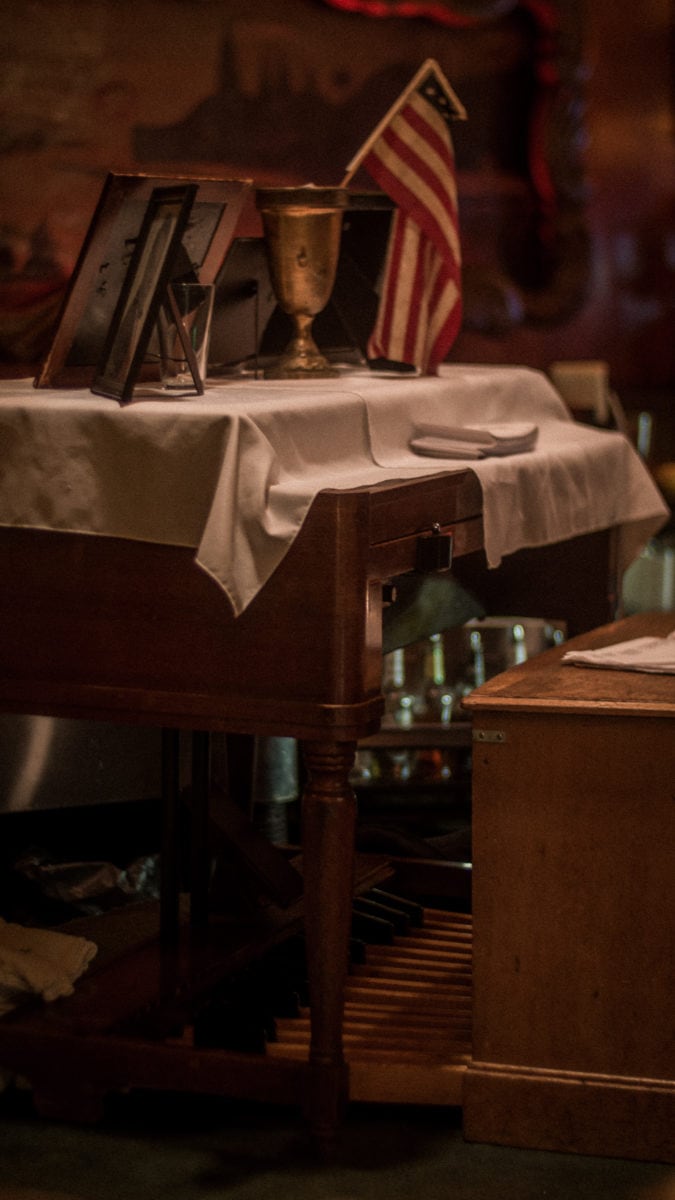
Everyone likes New Orleans-style jazz
Dave Jemilo bought The Green Mill back in 1986, and it has since experienced a complete jazz revitalization. A musical enthusiast, Jemilo has not only booked some of the biggest jazz names in history, but makes a point of planning The Green Mill schedule to be like that of the glory days—openers, then main performers, followed by late-night jam sessions at 4 a.m. There is live music every night, with certain nights being reserved for particular genres. For example, Thursdays are “big band nights,” full of Swing Shift and Lindy Hop dancing. Michael Jackson, a well-known jazz journalist from the U.K., has even said of The Green Mill that there is almost nowhere else in the world like it that still exists today.
“Jazz is very representative of the time and place,” Young tells me, as he hands me a cold Schlitz—a midwest classic and one of the few bottled beers offered here. “You’ve got the softer taps of early jazz, swing should literally make you want to swing your body, and then the horns from New Orleans—everyone likes that one. I mean, how could you not?”
And he’s right. He proceeds to put on song after song, calling out musicians, genres, instruments, and locations. It’s a flurry of words and sounds, but nothing seems to top the bright and bursting syncopation of New Orleans-style jazz.
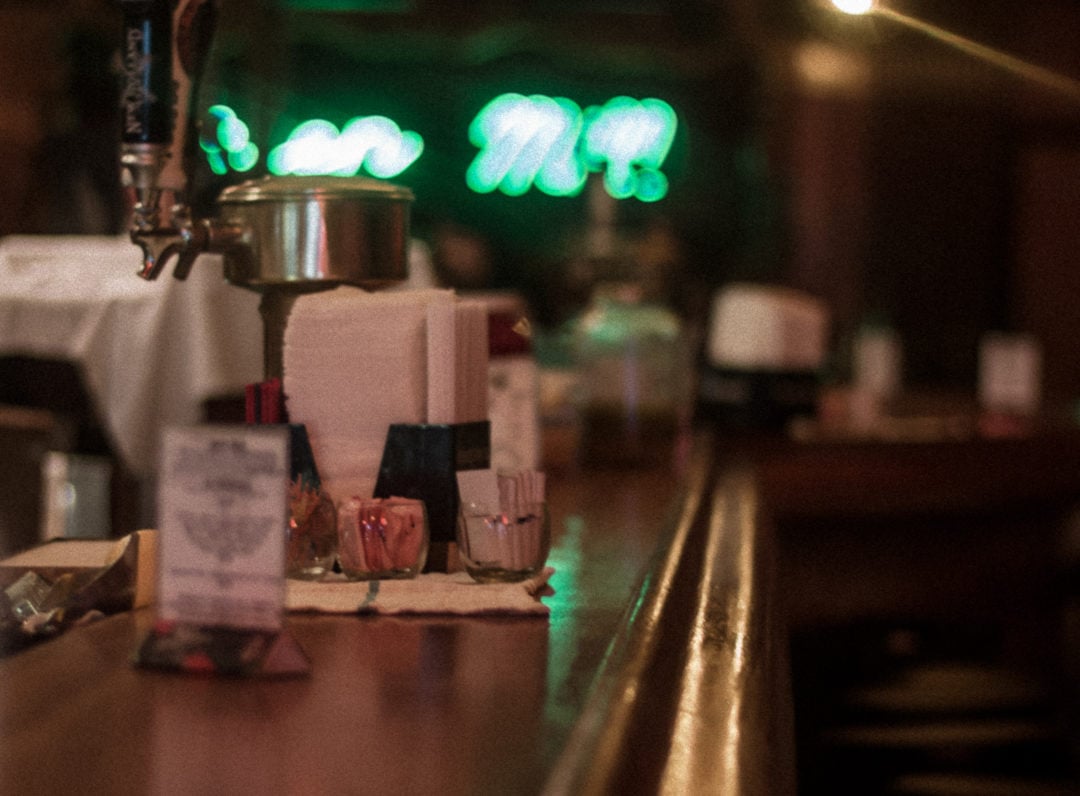
As I sit there and take it all in, a few other visitors trickle in, take a seat, and place their orders. Most are friends or regulars, some are first-timers just as awed by the space and sounds as I am. They’ve either come in to step out of the rain, or to get a head start on the nightly crowds. But the topic of jazz comes up with every single person, be it a memory, a recognition, or a question.
“Did Billie ever play here?” asks one patron, referencing Billie Holiday. “Sure did,” replies Young.
In addition to Billie Holiday, I learn that The Green Mill has hosted Tommy Dorsey, Sophie Tucker, Al Jolson, Clifford Jordan, and Benny Goodman. Even today, you can see modern legends like John Bany, Bernard “Pretty” Purdie, Michael Jones, and Chris Foreman.
Meanwhile, the old rotary phone at the end of the bar rings on and off, as callers ask the same slew of questions: Who’s playing tonight? (Check the calendar online). How late does the music go? (Depends on who’s playing). Can I make a reservation? (No reservations and cash only).
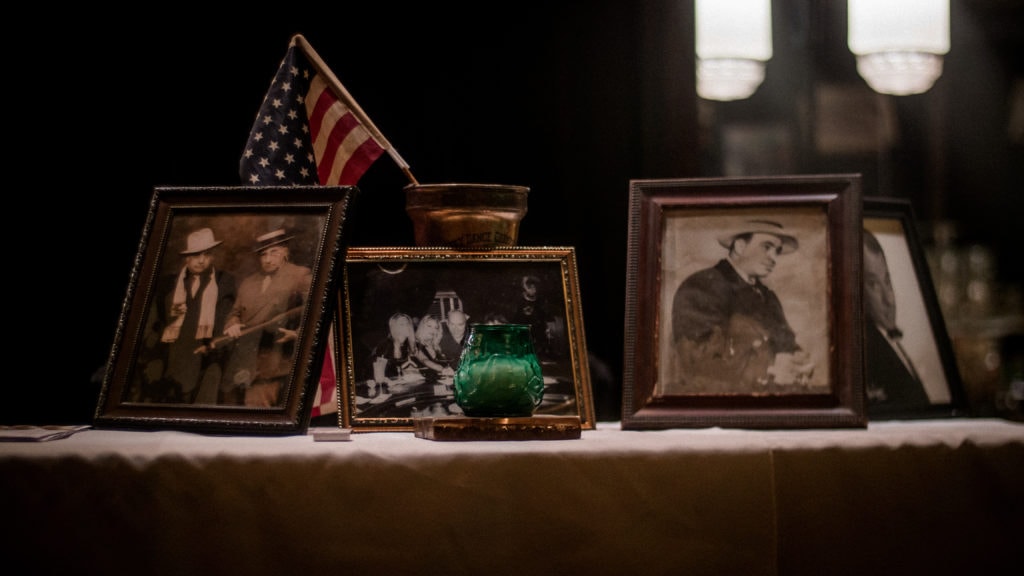
Again, I find that the rules here are simple. No cocktail list, no credit cards, no reservations. At The Green Mill, you can leave confusion and nonsense at the door, and step in to a truly egalitarian gathering place. A place where the vigorous and vibrant jazz horn seem to defy power and logic, and you might actually learn a thing or two. I know I did.
If you go
The Green Mill is open seven days a week. Doors open at noon and close at 4 a.m. Monday through Friday, and 5 a.m. on Saturday. It’s cash only, but they do have an ATM on-site. A cover charge is implemented starting at 5 p.m., and costs can vary between $4 and $15 depending on the band. Don’t ask to see the trapdoor, but do order a shot of Malört.

